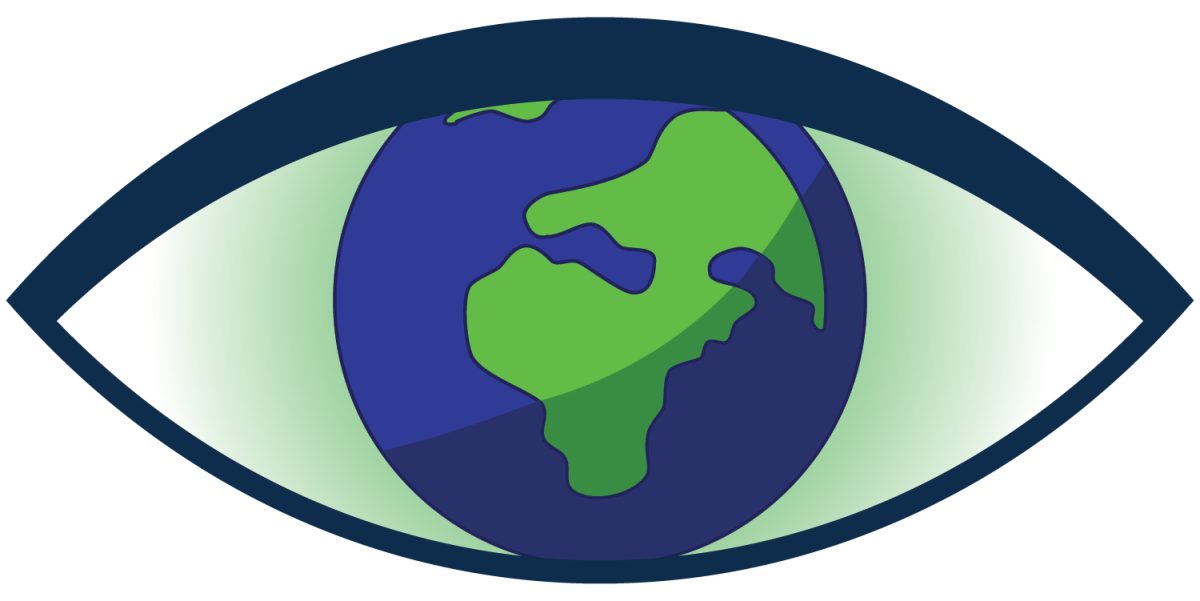Dr. Doug Adams presented “Vision: The Noblest of Senses?” on Oct. 5 to show how the Western view of vision has no definitive agreement on whether vision is one of the noblest senses.
Adams discussed the general background of how vision and theory of knowledge intertwine as well and presented a few critiques that some may have towards vision.
He explained, “vision is active, and so when we look or see, we are actively pursuing the world.” He then used this active form of vision to describe in detail how vision connects with Western epistemology and the tensions within these views.
The tension Adams mentioned within his presentation was the idea that what we see does not always align with how we see it.
An example provided of how vision is subjective was the desired path students made on campus on the green between the lower left corner of the Pioneer Activity Center and the Markee Pioneer Student Center. Adams argued that from one perspective it can be seen as an “eyesore,” however, from a different perspective, this path could be seen as an act of resistance from the students.
Adams then went on to explain how a panopticon prison, a prison where every prisoner is within sight of the guards contributes to the unpleasant feeling of being watched that made its way into everyone’s everyday life.
In response to Adams’ argument for how vision is impactful on Western epistemology, Dr. Hilton Kelly, Dean of the College of LAE, and Dr. Claudine Pied from the Department of Criminal Justice and Social Sciences, both had strong reactions regarding vision.
Kelly started by reading a poem called “Soul Food” by O.S. Brooks to show how images can clearly be seen within the human mind without having to be seen by the naked eye.
Another point Kelly brought up is the idea of how things that are seen in public are not always the whole vision as most images within black culture are hidden from the public.
An example that Kelly pointed out was the white gaze. He explained that “just because white people don’t know something doesn’t mean it did not exist,” as this is a common theme within art and/or pieces that are seen from the past.
Pied then built upon this argument, saying it was hard to find whether being seen was positive or negative because of the connections vision has with colonialism.
She then went on to explain how visibility and invisibility are both metaphors for control and power, as someone who is seen cannot avoid being seen and this will always be seen. Pied also mentioned how having some kind of invisibility helps “mediate hardships of race, class and gender.”
During the discussion, some of the audience members asked questions about vision being noble, as vision is often the easiest sense to filter. An example given was the viral “Blue and Black Dress” which seemed to portray different colors depending on the eyes of the beholder.




